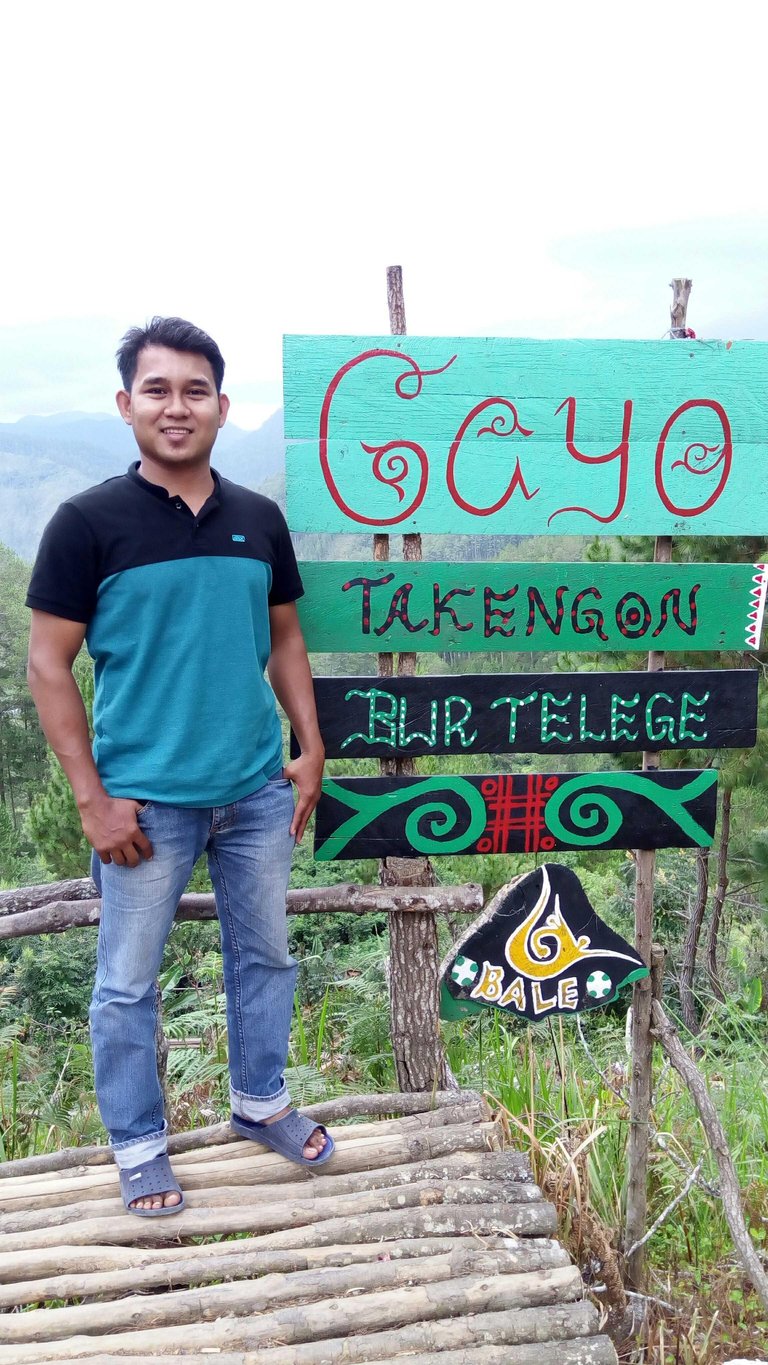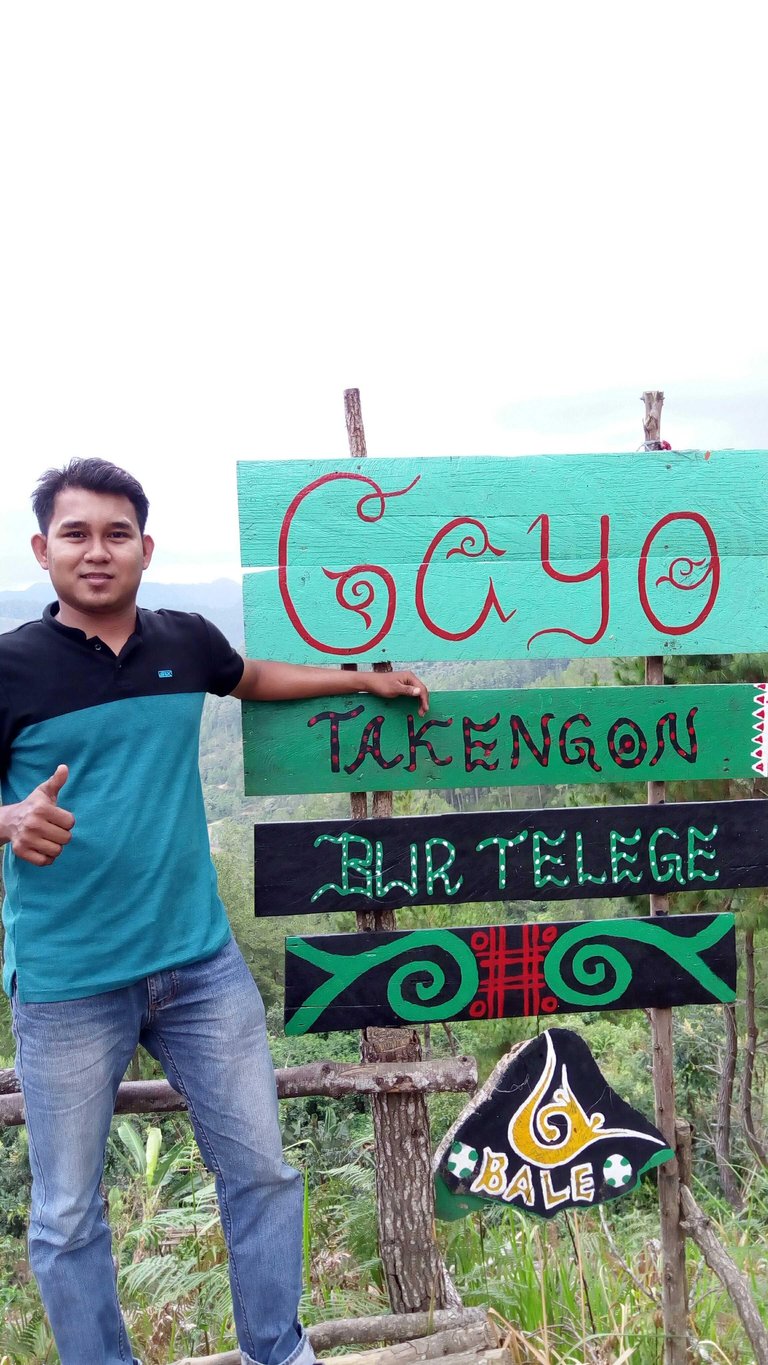Hi all friends how are you guys? my post today tells about the history of the Gayo tribe in central Aceh-Takengon

Gayo tribe
Is a tribe that inhabits the mountains in the middle of Aceh with a population of approximately 85,000. Gayo tribe is majority in Central Aceh, Bener Meriah and Gayo Lues districts. The Gayo tribe are Muslim and they are known to be obedient in their religion. The Gayo tribe uses a language called Gayo.

Gayo History
In the 11th century, the Linge Kingdom was founded by the Gayo people during the reign of Sultan Makhdum Johan Sovereign Mahmud Shah of the Perlak Sultanate.
This information is known from the information of King Uyem and his son King Ranta King Cik Bebesen and from Zainuddin that is from the Kings of Genesis Hill who both had ruled as king in the Dutch colonial era.
King Linge I, is said to have 4 children. The oldest is a woman named Empu Beru or Datu Beru, others Sebayak Lingga (Ali Syah), Meurah Johan (Johan Syah) and Meurah Lingga (Malamsyah).
Sebayak Lingga then wandered to the land of Karo and opened the country there he was known by Raja Lingga Sibayak. Meurah Johan wanders to Aceh Besar and established his kingdom named Lam Krak or Lam Oeii or known as Lamuri or Lamuri Sultanate.
This means the Sultanate of Lamuri above was founded by Meurah Johan while Meurah Lingga lived in Linge, Gayo, who subsequently became the Linge king descended. Meurah Silu migrated to Pasai area and became an employee of Daya Sultanate in Pasai. Meurah Mege himself was buried in Wih ni Rayang on the Keramil Paluh Slope in Linge area, Central Aceh. Until now still maintained and respected by the population.
The cause of migration is unknown. However, it is narrated that King Linge is more fond of his youngest Meurah Mege. So that makes the other children prefer to wander.
Social life
Gayo people live in a small community called kampong. Each village is headed by a gecik. A collection of villages called settlements, led by the mukim.
The traditional system of government in the form of elements of leadership called sarak opat, consists of reje (king), petue (petua), imam (imam), and rayat (people).
At the present time some of the settlements are part of the sub-district, with elements of leadership consisting of: gecik, vice gecik, imem, and cleverly representing the people.
A kampong is usually inhabited by several clusters (clans). The members of a group feel from one ancestor, still know each other, and develop a permanent relationship in various ceremonies.
The lineage is drawn on the principle of patrilineal. Traditional marriage system is traditionally exogamy, with indigenous adat after patriarchal (juelen) or matrilocal (angkap) marriage.
The smallest kinship group is called sara ine (nuclear family). The unity of some nuclear families is called sara kitchens. In the past some sara kitchens lived together in a long house, so called sara umah.
Several pieces of longhouses merge into one clan (clan). At the present time many nuclear families live in their own homes. In the past, Gayoterians have developed livelihoods in farming and farming, with complex customary livelihoods.


But Gayo's life is now much more different from the past, now many visitors always want to tour the city of Takengon and look for all the historic places in Gayo village known for its many historical areas.

All the photos above are one of the places I visit, and many more places I have not visited.
Thank you for visiting my blog.
Follow me @rizalfajri